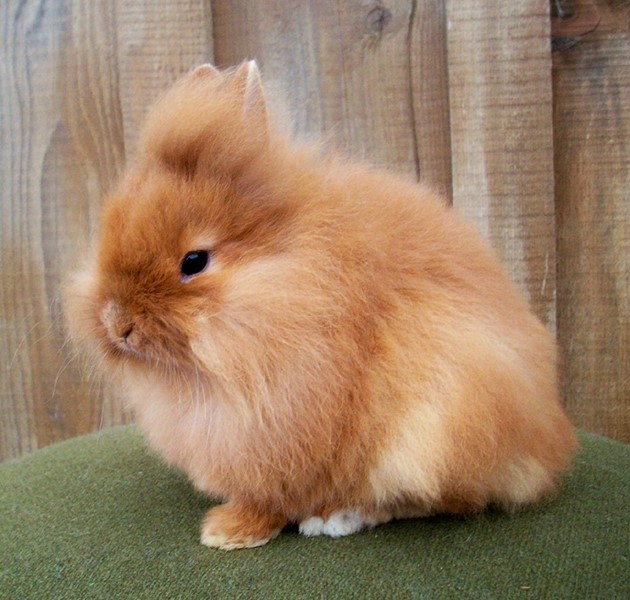Ahead of Easter, we present our top ten favourite rabbit breeds
It's that time again, to galvanise an otherwise grey Monday, and with Easter on its way, we bring you ten of our favourite rabbit breeds. From puffball Angoras to velvety Mini Rexes, which would be your dream companion?
Happy Monday! #anotherhappymonday
The Lionhead rabbit is one of the newest breeds of domestic rabbits and is thought to have originated in Belgium. It has a normally furred body, but Angora-like wool surrounding its face, reminiscent of the mane of a male lion – hence the name. Lionheads come in many of the same colours as other breeds. However, the wool on the mane and flanks diffuses the colour, so black Lionhead rabbits will often have grey-looking manes and flank wool.
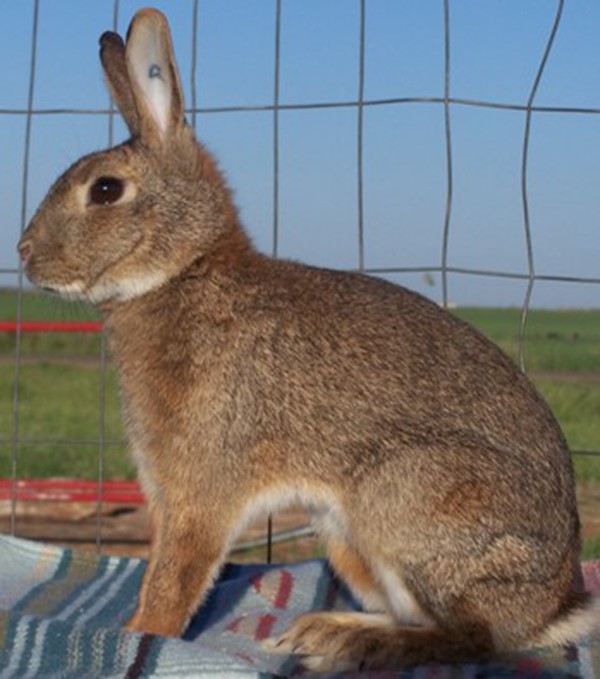
The Britannia Petite was developed in Britain in the mid-19th century and is known here as the Polish rabbit – not because it comes from Poland, but owing to the "polished" appearance of its shiny coat.
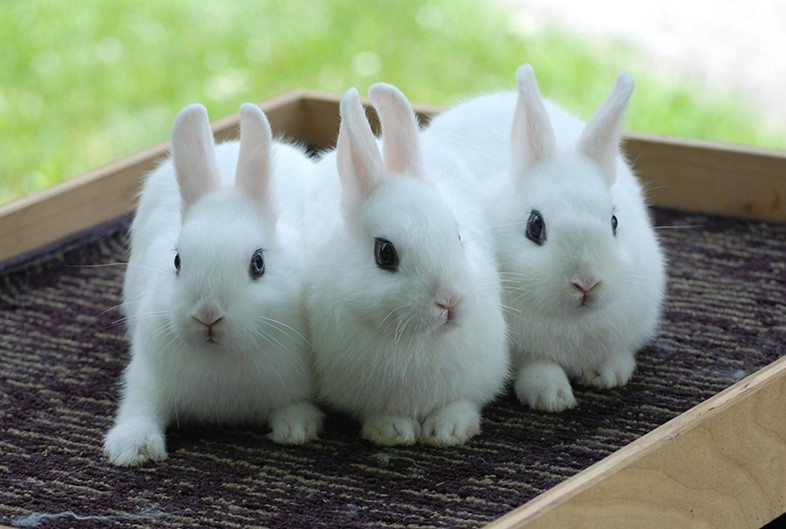
These little Dwarf Hotot rabbits have a very striking appearance: they are all white except for a ring of black around the eyes, which makes them look like they are wearing black eyeliner. They have compact, rounded bodies and short, upright ears.
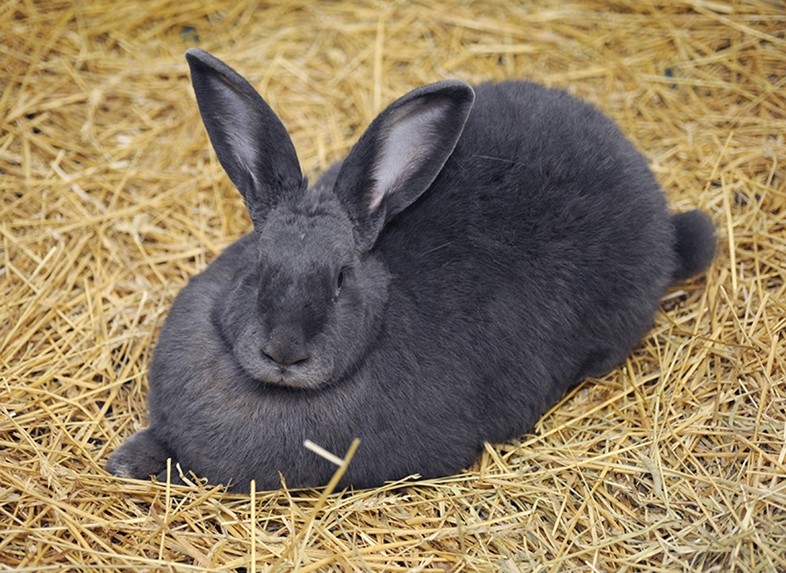
The Flemish Giant is the largest breed of rabbit in the world today. Known to be gentle giants, they weigh a minimum of 5kg and can live into their teens, although five is the average age. The Flemish Giant, as its name implies, comes from the Flemish area of Belgium and was known to be in existence as early as the 16th century.
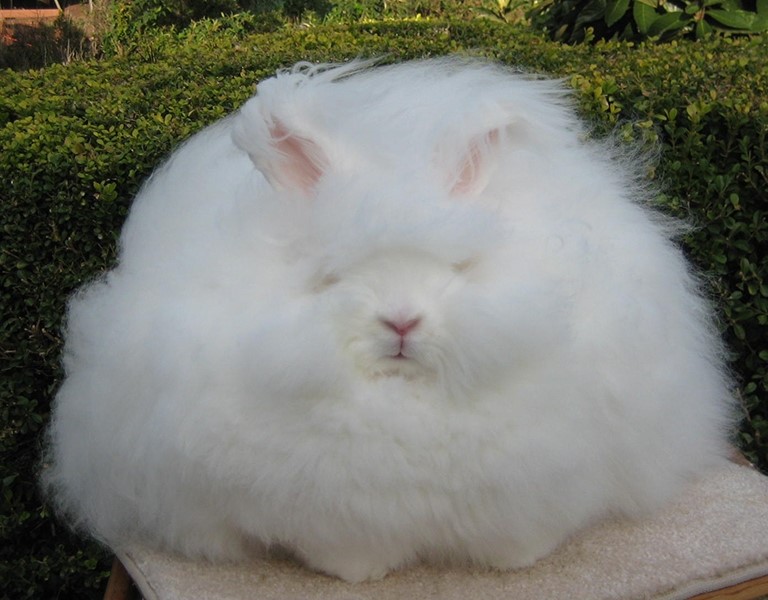
The Angora rabbit has thick wool that covers its entire body, including the face and the stand-up ears, giving some the appearance of a large fuzz-ball.
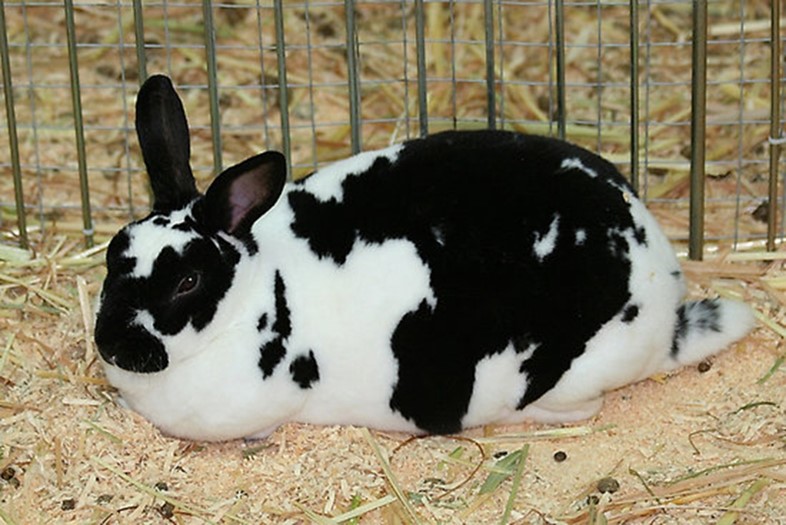
The Checkered Giant originated in the Lorraine region of France towards the end of the nineteenth century and is one of the largest breeds with a minimum weight of 5kg and with many weighing over 6kg. With a slender, muscular build and hare-like body, the Checkered Giant has a long, arched back, long, powerful legs and a wide head with large, broad ears held firmly upright. They are striking for their markings, with coloured ears, rings around the eyes and butterfly-shaped spots on the nose.
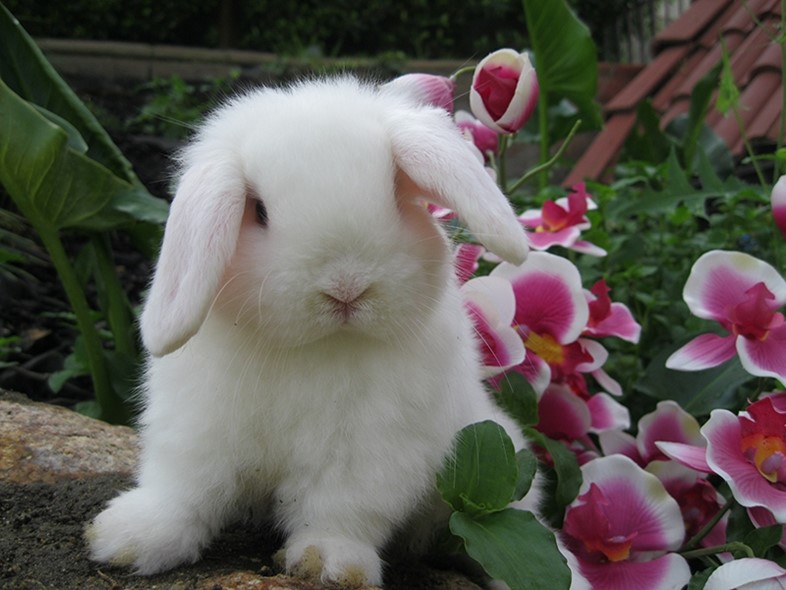
The Holland Lop is a breed of rabbit originating in the Netherlands. This breed began when Dutch rabbit breeder Adrian de Cock sought to combine the best qualities from two distinctively different rabbit breeds, the Mini Lop and the Netherland Dwarf, into a new breed. The Holland Lop is a very sweet and very popular breed of rabbit and is well liked by many rabbit enthusiasts, pet owners and breeders, because of its compact size and attractiveness. The most common colours attributed to Holland Lops are tortoise shell, broken tortoise shell, broken black, black, broken orange, grey/blue, as well as blue eyed white and ruby eyed white.
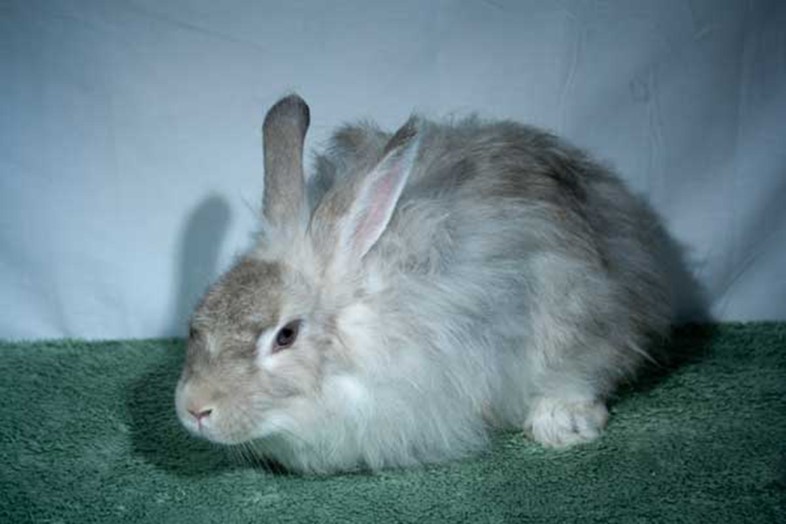
This is a Blue Angora, named in accordance with its coat's unusual hue. One of the oldest types of domestic rabbit, it originated in Ankara (historically known as Angora), Turkey, along with the Angora cat and Angora goat. The rabbits were popular pets with French royalty in the mid-18th century, but today they are bred largely for their long Angora wool, which may be removed by shearing, combing, or plucking. Angora rabbits are active, playful and social, with lots of personality.
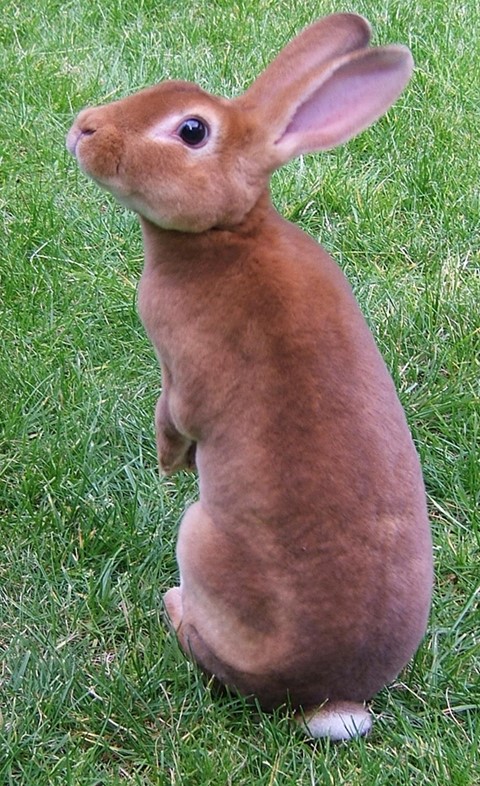
The Mini Rex is a small breed of rabbit with fairly short ears and a thick, longish face The body is close-coupled and rounded. It comes in many different colours, and its most defining attribute is its amazing fur, which feels like velvet.
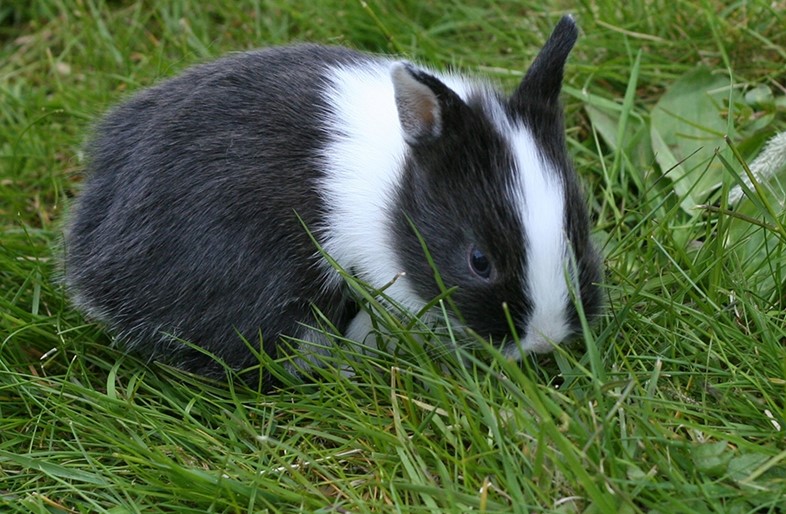
Netherland Dwarf rabbits have the same basic behavioural traits as dogs or cats and can be litter-trained. While they have a reputation for being skittish, wild and of a sometimes disagreeable nature – a hangover from the breed's origins – in fact selective breeding now means that they are generally docile, curious and gentle.
Research by Jane Fayle
